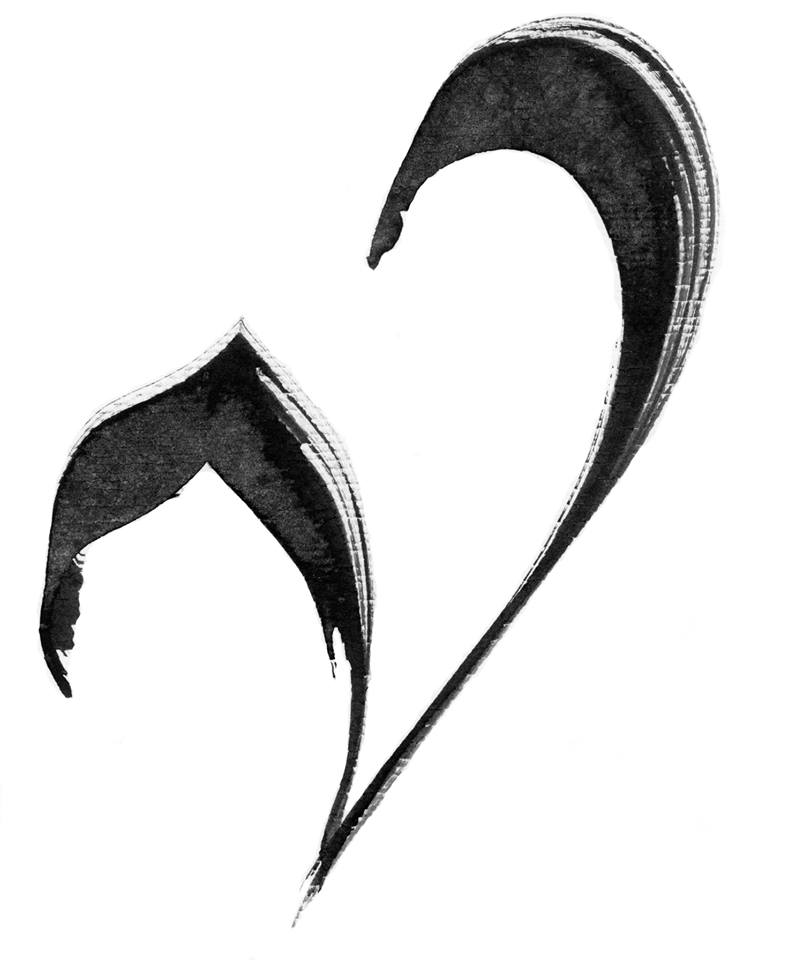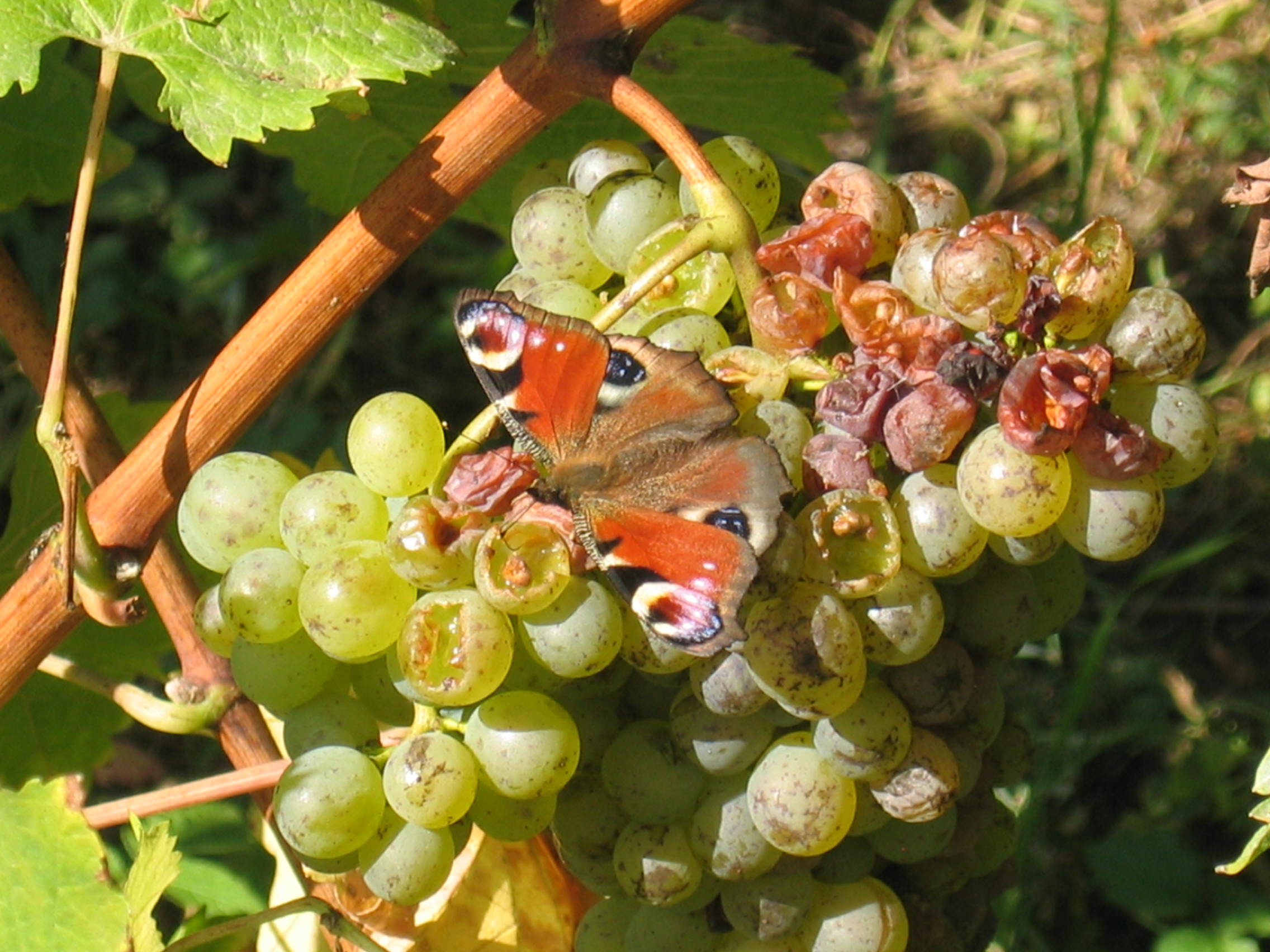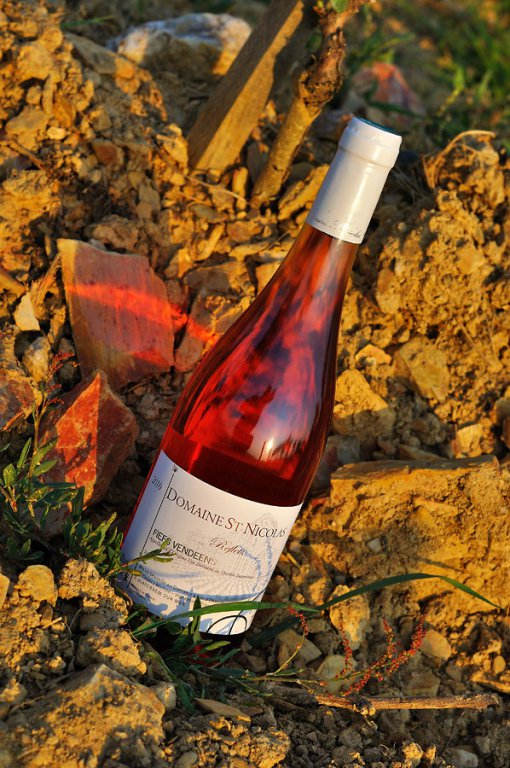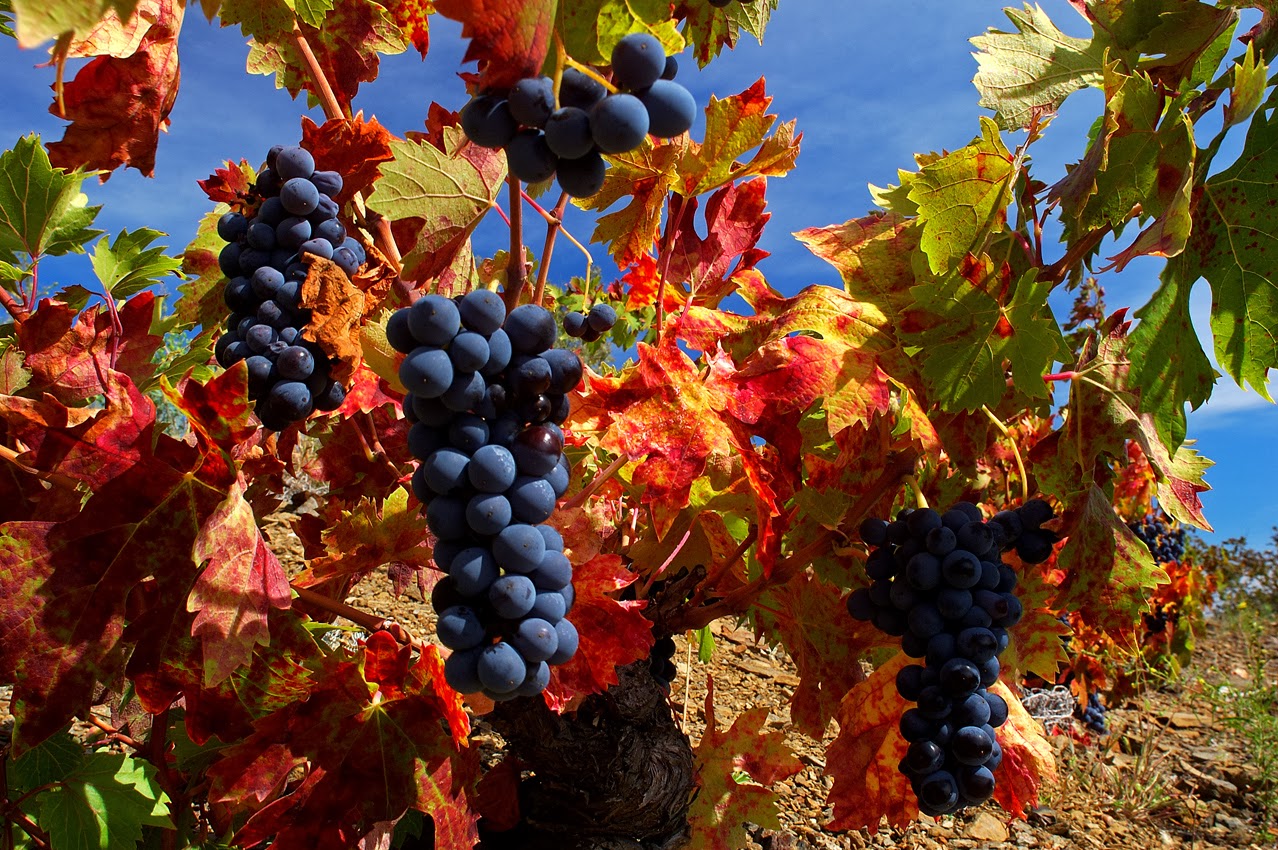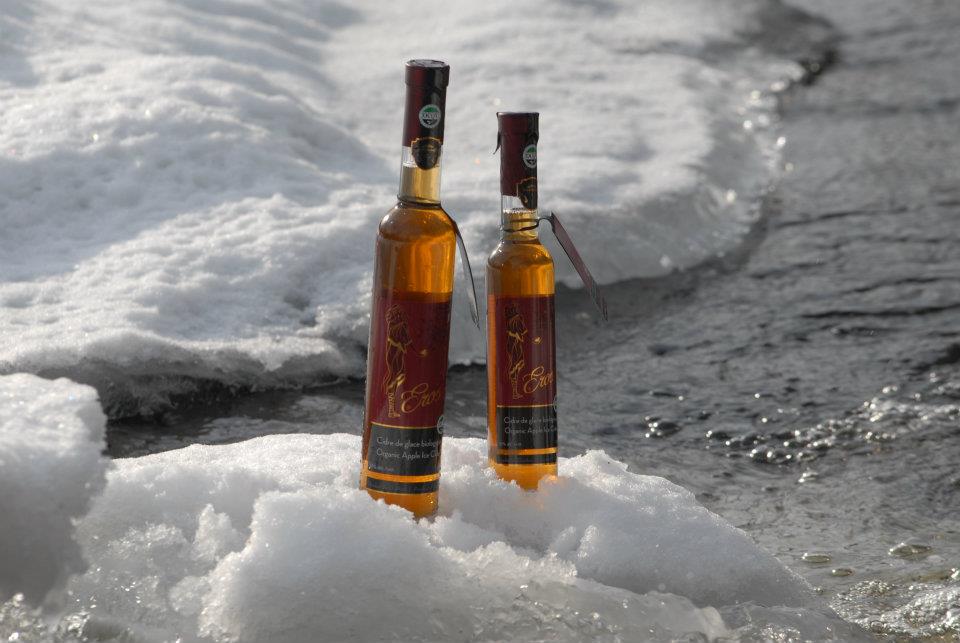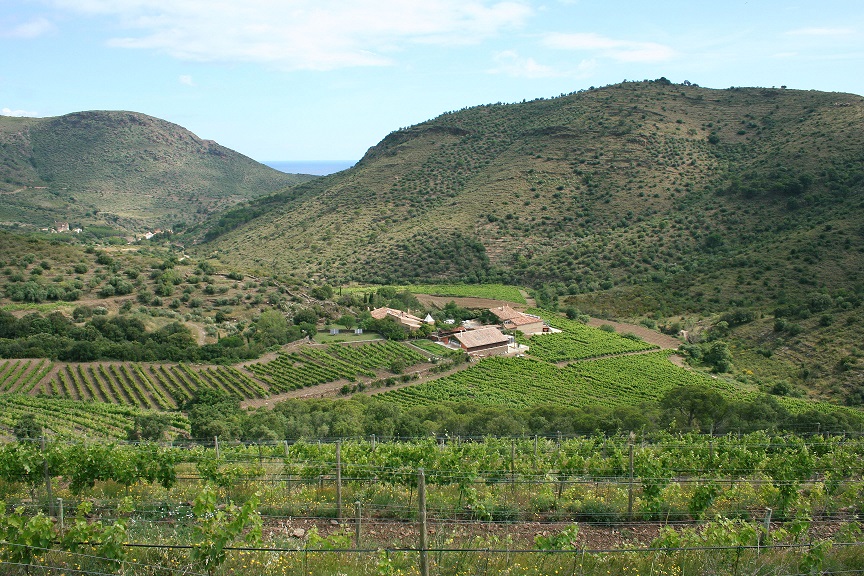We see everywhere the spread of a change in awareness concerning the horribly destructive effects of chemical products that have been used in agriculture over the past few decades. But how can we definitively get out of this impasse that has been, alas, so neatly built up with the complicity, perhaps unconsciously, of so many chambers of agriculture? This is the question being asked today that is pressing ever more urgently: how can we get out of this nasty business ?
The responses to this question remain confused and often unsatisfactory on an ethical level. There is an effort to try and find less harmful products, more “ecological” equipment or to reproduce molecules from natural products, etc. etc. But the fundamental responses are not to be found there; access to sustainable, human solutions, even if they shock the teaching or scientific professions must be found by thinking differently. What does this mean ?
In order to strengthen the expression of the living, of life, and thereby limit or suppress sickness, we must have an entirely different grasp of the world of the living than we do today. We cannot fully understand life by dissecting a living organism until we arrive at the infinitely small and in addition, by studying it on a strictly material level. Matter, which scientists adulate so much as a result of the incomplete training they have received, is but a result, or the outcome of processes that have fixed different substances is a precise form to end up as a vegetable species or something else.
What should interest us for a profound understanding of the plant are the processes that created it, not the plant itself.
If we take the example of a pastry chef who has made a cake, what interests us is the chef more than the cake itself, even if it’s analysed from every angle. This is the same with matter. These forces that we call “life”, and it must be understood absolutely to achieve real progress, is extinguished and finally dies in the matter. Death is only a triumph of materiality over the living. To understand life profoundly, we must leave matter behind and focus on understanding the system that gives life to the Earth.
The Earth, our lovely planet does not possess life, it receives it by belonging to a solar and stellar system. Without them, the Earth would die. In other words, if we took the Earth out of the solar system or were to cover it with an immense opaque plastic (which in a sense we are beginning to do, especially on an energetic level by this saturation of Hertzian pollution we’re imposing on the atmosphere without having the slightest clue about what we are doing in order to use cell phones, GPS, satellites, etc. etc.), life would disappear almost entirely.
Let us now ask ourselves the following question: How does life arrive on Earth? And at the same time, many other complementary questions: How does the solar system remain constant? Why do the planets have such stable orbits, each one with such different time frames (84 days for Mercury and nearly 30 years for Saturn)? What affinities are expressed through these rhythms? Why is our solar system moving at a rate of 30kms a second towards Sirius? What are the active forces that maintain these balances and what is their meaning? There are dozens, hundreds of questions like these that should be asked of agricultural students so that they become aware in their future decisions of the impact of their gestures.
Initially one must only understand that behind these subtle, magnificent balances there is first of all a balance of power that we could simplify by terms such as “solar attraction” and “gravity”. Each one “pulls” in its own direction and the whole forms a celestial balance though which, indirectly, we live.
The keywords are “balances of power”. What are they? How do they function? Can we make use of them (see Schauberger and the forces of implosion for example) ? Those are the key questions that could help our agricultural interventions to evolve. Life comes to earth through millions of frequencies, cosmic wavelengths with each one carrying very specific information. In the end, each plant is an energetic system for listening or receiving that takes what it needs in order to express its specificity. It’s a bit the same system – but not at all the same thing of course – as these gigahertz, which are so harmful as they are close to cosmic frequencies, which in a quarter of a second bring the voice of a friend located 8,000 kms away to your ear. The wave has carried their voice practically instantaneously. Life on earth is the result of an incredible system of information where each planet, each constellation, expresses itself through waves, each one carrying information.
The enormous door opened by Rudolf Steiner in medicine, in agriculture, in education etc. was to explain the energetic background of the physical world, or if you prefer, the ins and outs and results of these matrices of forces that allow the Earth to sustain what we call life, of which nature, in the broadest sense, is an illustration. But also to explain how we can call upon it and help ourselves to this system, which is free. For this life is free; it is a gift given to the Earth. If we begin by explaining to students what this system is made of, how it functions, how we can measure its effects (crystallisations, morpho-chromatography etc.), and how to call upon it as well, immediately their humanity, I mean their quality of being human, awakens. Each person feels as though they are party to something immense from which we too come and that gives meaning to our life and the society to which we belong. And it is that also that could help us to avoid these great depressions – as many suicides as there are traffic deaths – that are so indicative of the failure of a system. Finally, with a macro-cosmic approach, we serve the Earth and it gives back to us a hundredfold.
In this new approach we no longer impose anything on the plant with a blind eye to the rest, we only increase its receptive faculties, “its acoustics” if you like, to these forces that give it life. We bring it closer to “its archetypal force” or the energetic matrix that shaped it and gave it body. Genes on their own are a delusion; they are but the 1st visible element of an energetic plan that set it up. The scientific world knows this because it says, “it is not the gene itself but what is around it that acts”. Genetics will only represent progress when we have understood the system that organises or arranges genes. If this step is not taken, genetics becomes a terribly dangerous tool because it carries forces that are intensely disorganising that disturb and even attack the system that is in charge of making order of life on Earth. And this can only result in more problems and necessitate “arbitrary assistants” that the world as a whole must pay for once again.
Real progress is understanding how a macrocosm, an energetic world imprisons itself, separates from and isolates itself in matter; how each piece of the puzzle can help bring into being the link to a global image, an energetic whole, that is to say, a macrocosm that becomes a microcosm. We already have this in the myth of Isis and Osiris where Isis on Earth looks desperately for pieces of Osiris that Typhon (gravity) has separated into pieces (incarnation; separation). Finding again the link to all through an understanding of the parts is the work that scientists should undertake. And it is this that the biodynamic preparations do in their way. In the end, they act a bit like minuscule emitters / receptors linked to very precise processes that can result after in specific visible traces and to microbiological life, etc. but which above all encourage harmony on a qualitative level.
This can only be measured qualitatively and not quantitatively. What we like in a wine, or in a painting by Van Gogh, is something qualitative that is not earthly but celestial and it is for this reason that we take delight in the rest. Art is the elevation of the material world. In agriculture it’s the same thing. Wanting to study quality on the material level, through physical measurements ends quite simply in its negation. And it is in this dead end that we have shut up the scientific world.
Scientists should serve life and not economic interests. Do you have 300 or 500 grams of love for your children? This question seems preposterous and yet it is what many scientists try to do without even being aware of it. Quality, the qualitative world cannot be grasped by this type of measurement. The plant raises the matter, gives it form and organises it. It is these organising or formative forces that should be measured to attain the qualitative world (sensitive crystallisation tests for example).
The actions of this qualitative world, let’s say it again, cannot be measured by material means but must be accorded their placebecause it is with this secret beauty, an equilibrium, that we want to nourish ourselves and not the “confusion” that man imposes on the plant of which the harmful effects are hidden by technology, in the cellar for example.
We are but at the first stages of these understandings, a bit like the airplanes a century ago that flew only a few metres above the ground. Things will go much farther and in a positive direction only if these approaches are done with conscience by understanding and respecting the living in that which is most noble. Even the thoughts of man or men form living forces, and that is also a green thumb, nothing other than an exchange of energies. These forces are everywhere around us but we must recognise and learn how to make use of them without deviation, without trying to copy them for reasons of economy or power, just to make friends with them. Proportions, geometric forms – sacred architecture for example – including numbers, are also carriers in their arrangement of specific forces. The golden number is an indivisible number then that always carries unity within itself, a link to globality. That is why it is used so often. It “speaks” to us through the proportions it imposes and nourishes us as well. The great painters often made use of it and now, marketing wants to take hold of it.
In a certain way, biodynamics creates a link with these same matrices of forces. Take the example of a vine: the miniscule buds that are barely visible in the month of March will become branches, leaves, flowers and then grapes. More than a tonne of matter will thus appear in each hectare in 6 months. We consider that 94% of this matter, from which we have extracted the water (it is then called dry matter) comes from photosynthesis or the vine’s ability to grasp solar, planetary, stellar energy and incarnate it. It is there where one must act to correct the harmful effects of physical and energetic pollution, before or at the moment when the energy becomes matter. After that “the game is over”; the matter is there and difficult to correct if it has a fault, a fault that we will undoubtedly refer to now or later as a sickness, which we won’t of course understand.
The great specificity of biodynamics is to act at the moment when energy becomes matter. It acts on the level of energy and thus indirectly on the physical level. It is here where it differs entirely from organic agriculture. A few grams per hectare of preparations could not have an effect on the physical level, but on an energy level, it is quite a different story. It is here where biodynamics draws its power, especially nowadays when vital energies have never been so weakened. This is where its ability to make “better” wines comes from. And it is the inverse when one uses these terrible herbicides and systemics that poison the life of the soil and the sap.
Finally, the possibility of abstaining from using practically any oenological techniques in the cellar comes from the vine’s capacity or ability to link to these creative energies, or to this cosmic information. A grape that has been “well raised” can be exempt from any artifice in the cellar because it has in it all the information for behaving in the best possible manner, or for unifying all the characteristics of the year with the aestheticism from which it issues. Our agricultural interventions have affirmed in it a link to globality, to the creator harmony, to what Kepler called the music of the spheres. We then have a wine that is a place, an originality, a work of art and which will, de facto, be liked.
I hope that some among you, the young especially will understand these forces to which we can link the vine by our decisions, our gestures and our understanding. It is essential in order for our societies to remain qualitative. We are here at the antipodes of what is being taught, I know, but everyone who has taken this approach with sincerity can confirm to you that the cellar should become again what it was formerly – a maternity. The work of the cellar has only needed to become intense to correct the grave secondary effects of synthetic chemical products that farmers were advised to use, without warning them of the consequences. It is these products that “spoil” the unity that an AOC should express.
This is why then one must no longer “make” a wine to “please” Mr. X or Mr. Y who because of their name can “sell” to consumers who are too confident and badly informed of the changes of the past 25 years (how many people know for example that wine-makers can make use of 350 aromatic and genetic yeasts along with a whole arsenal of other products as well?).
As long as man does not penetrate these generatrix spheres of life, solutions will not be sustainable. They will remain debts for the whole world and will prevent us from eating and drinking the harmonious energies that by this single fact are nutritive. Changing man’s conscience is contingent upon going through this understanding.
This is how to understand that agriculture can become an art again, the art of knowing how to comprehend and advisedly use the forces that give life to the Earth. This is above all the door that has been opened by biodynamics. And it is for this reason that it has developed so broadly, especially in viticulture, because it touches a passionate customer that is ever more sensitive to the truth of taste. The truth of taste – a key concept that the wine press is strangely silent about, mute even, and for what reason do you suppose ?

